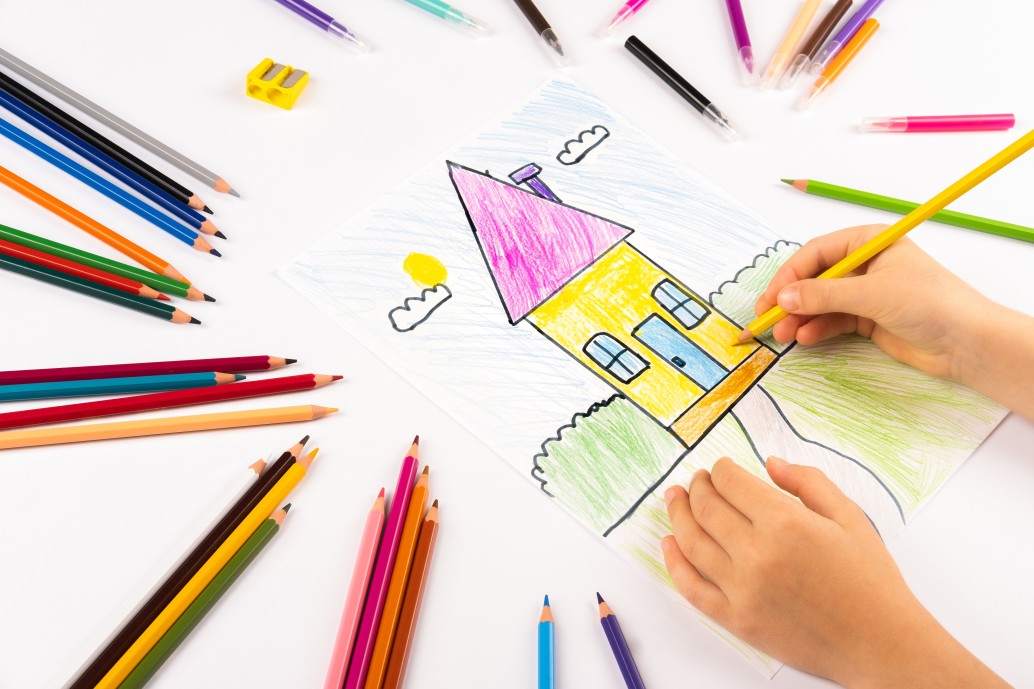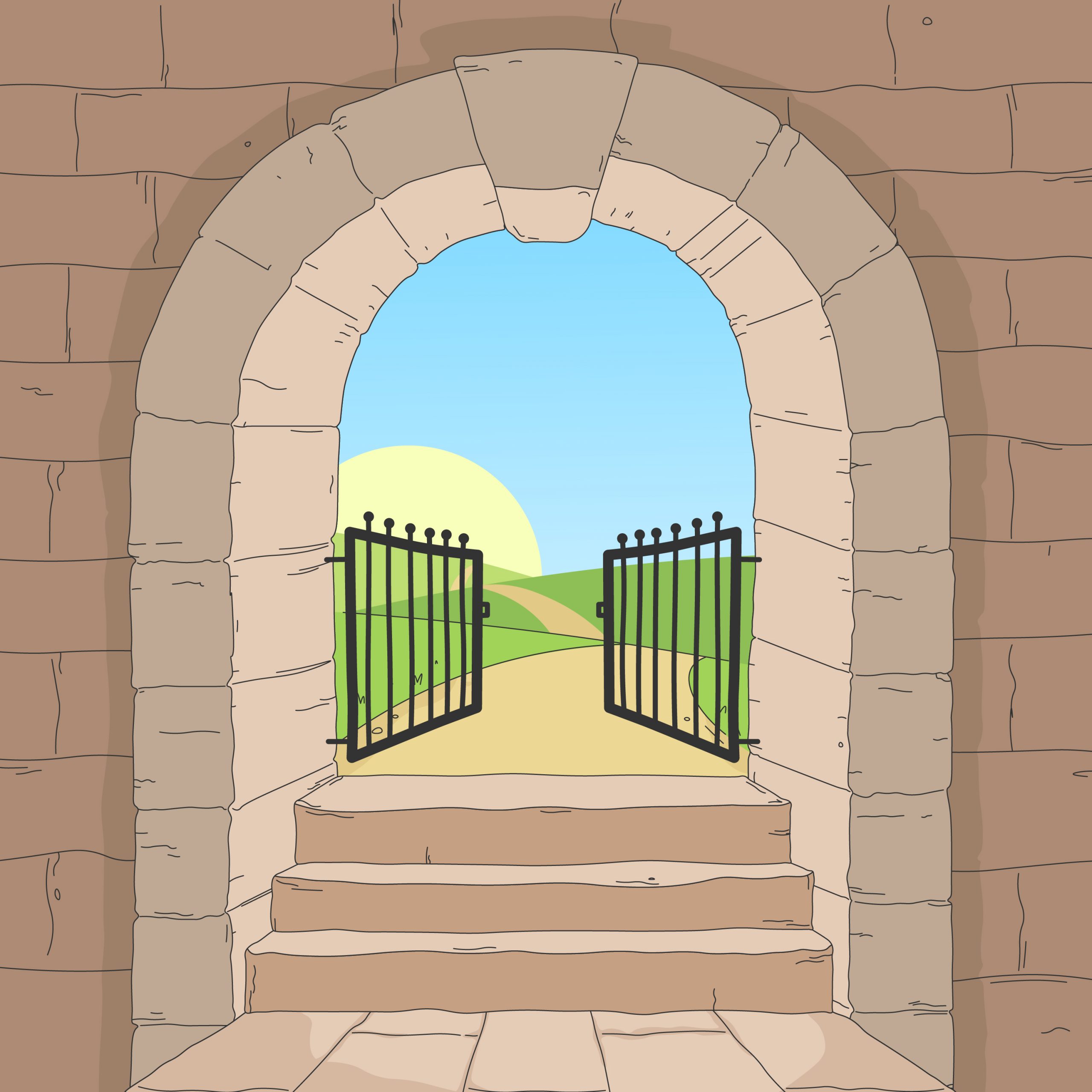The Gateway Model
At Gateway Psychology, we aim to facilitate each child’s movement through the challenges or ‘gateways’ faced at a particular time, whether emotional, behavioural, relational or developmental. We recognise that the child or young person exists within a wider, often complex context and are careful to ensure that any ‘problems’ are not seen to be solely located within the child. Our Gateway Model reflects this view.
First and foremost: a firm foundation
Every structure or process needs a firm foundation if it is to stand strong and endure. All children need a safe base from which they can explore their world, both external and internal, and be provided with comfort, protection and delight in their ‘going out’ and their ‘coming back’.
The relationship between the child and their main carer is this foundation and is crucial to support a sometimes unsettling therapy process.


An all-encompassing Arch of Support
For child and carer to feel safe and secure and for the child to grow and develop, they need to be surrounded by a robust arch of support, working collaboratively and without conflict. Like the keystone in an arch, this cohesive approach holds the system and ultimately the child together.
We work closely with the system around the child, including parents/carers, schools, social workers, extended family, support workers and anyone else involved. This cohesive ‘arch’ enables the child to move through the steps of the Gateway Model.
A sequence of steps
The Gateway Model adheres to a sequence of steps in which the child’s brain develops in a ‘bottom up’ or Neurosequential hierarchical order:
- The Primitive Brain (brain stem/mid-brain) – concerned with motor and sensory input, and survival (fight/flight/freeze reactions).
- The Limbic Brain – concerned with attachment, emotions and behaviour.
- The Cortical Brain – concerned with thinking, planning, inhibiting and learning.
The child with early trauma may be ‘stuck’ in survival mode (primitive brain), unable to access the higher brain regions that enable them to form secure attachments, manage emotions and behaviours, and engage in reasoning and reflecting. Therapeutic approaches to address relationships will show limited effect if the first step of increasing regulation is not addressed. In turn, therapy approaches that require reasoning will have limited success if the first two steps are not addressed. These three steps are: Regulate, Relate and Reason.
One step forwards, two steps back…
Therapeutic process is not always simple or linear. At times the child may need to take a step back, requiring additional support at a previous level. This may be because the foundations or arch of support are temporarily less secure; life events might be causing additional stress or perceived threat for the child; or the child was not ready for a ‘step up’.
Going through the Gateway – a ‘good enough’ goal
Although therapeutic intervention is often long term, we believe it is important that children and families do not develop a problem-focused identity. We aim for goal-focused interventions, recognising the right time to move on ‘through the gateway’, when therapeutic goals have been met and all agree the child is ready to move on to their next stage of growth (emotional, behavioural, relational or developmental), no longer needing specific therapeutic intervention.
Whilst all difficulties may not have been fully resolved, we would endeavour to equip the child, their parents/carers and ‘arch of support’, to continue the process towards wellbeing. There may be a future time when further specific therapeutic intervention is needed, particularly at periods of increased stress on the child or the system around them, and professional help is needed to renegotiate the steps effectively.

Knowledge used to inform the Gateway Model is accredited to the following experts: John Bowlby, Daniel Hughes, Bruce Perry, Stephen Porges, Bert Powell, Dan Siegel and Bessel Van der Kolk.
